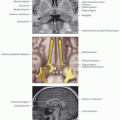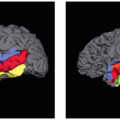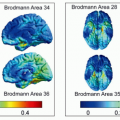Paced Auditory Serial Addition Test (PASAT)
Jeffrey S. Anderson, MD, PhD
Key Facts
Design
Block design
4- to 6-minute task (6 blocks of 20-30 seconds)
Stimuli
Auditory PASAT: Present a continual sequence of numbers at a fixed pace
Patient must add the last 2 numbers in their mind each time a new number is presented
Visual PASAT: Numbers are displayed one at a time on the screen at a fixed pace
Instructions
“You will be presented with a sequence of numbers; each time you hear a new number, add it to the previous number in your mind”
Preprocessing
Distortion, motion, slice timing correction, coregistration to MPRAGE, optional smoothing
Statistical Model
General linear model: Block design
Applications
Activates dorsolateral prefrontal (Brodmann 9, 46), intraparietal sulcus (7, 40), lateral premotor (6), SMA (32), frontal eye fields (8), and medial cerebellum
Alternatives
Visual attention (cursor, visual search, random pattern comparison) or working memory tasks (Sternberg, n-back, Tower of London)
Uses
Used in group designs to assess performance of working memory in patient populations
Used in individual subjects for presurgical mapping
Pitfalls
Difficult to assess task performance







